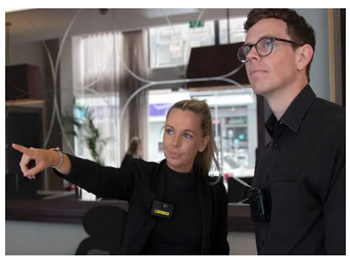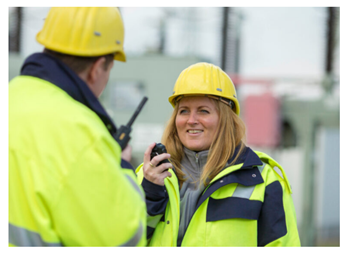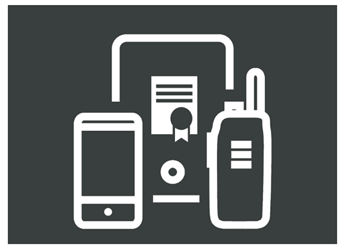What are the pros and cons of body worn cameras?
For many private and public sector organisations body worn cameras are becoming an essential tool to support their frontline employees. Before purchasing body worn cameras, you should recognise how this technology is going to impact your employees and your organisations. We have brought together the pros and cons that our clients have identified when discussing the deployment of body worn video technology. Pros of body worn cameras: Increased accountability: Body worn cameras help to ensure that both frontline workers and public act in an appropriate manner. The presence of a body cam helps to deter misconduct on both sides. Improved transparency: Body worn video provide an accurate record of events as they happened, which can help to resolve disputes and provide clarity in cases where there is conflicting evidence or statements. The presence of a camera can often deter acts of violence or other illegal activities. Reduced complaints: The presence of body worn cameras can help to reduce the number of complaints against frontline employees, as people are less likely to make false accusations if they know the incident was recorded. Improved evidence: If prosecution becomes necessary BWC footage provide an accurate record of events, which can be used to prosecute criminals and can help exonerate employees and the public alike. Footage can be utilised for staff training purposes. Cons of body worn cameras: Privacy issues: Body worn cameras can be intrusive and may infringe on the privacy of a member of the public who are unaware that they are being recorded. Additionally, the footage collected by these cameras may be used as evidence in criminal cases, which could be seen as a violation of an individual’s right to privacy. Expense: The cost of deploying body cameras can be expensive, and this expense can be difficult for some departments/organisations to absorb. Technical issues: Body worn cameras can malfunction or be damaged, which could lead to important evidence being lost if it hasn’t been connected to the dock. Best practice is to place the BWC into the dock after each shift so it is securely transferred to your database. Data storage: Storing and managing the large amount of data collected by body worn cameras can be a challenge for some organisations. This data must be securely stored and backed up, and there are potential costs associated with this.Visit the Radiocoms Systems Limited website for more information on What are the pros and cons of body worn cameras?






